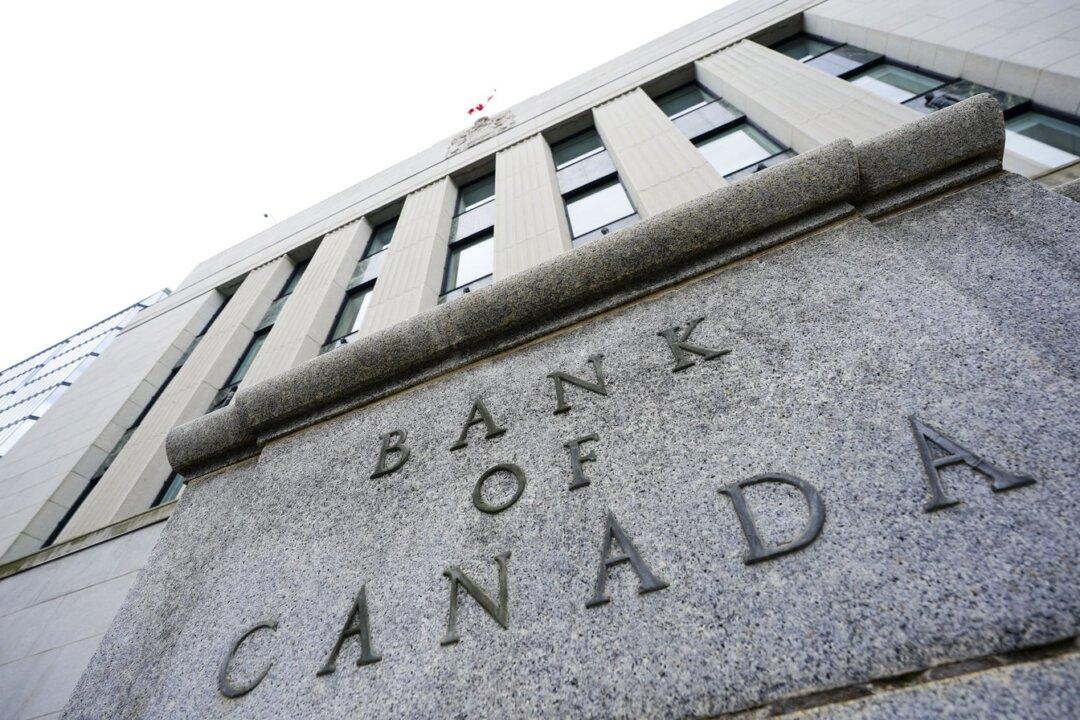OTTAWA—The Bank of Canada (BoC) held its key interest rate at 5 percent Jan. 24, as widely expected, and indicated it’s thinking about when it should start slashing rates.
Discussions at the central bank have moved from whether its key policy rate is high enough to how long it should be maintained at five percent, according to prepared remarks by Bank of Canada Gov. Tiff Macklem.





